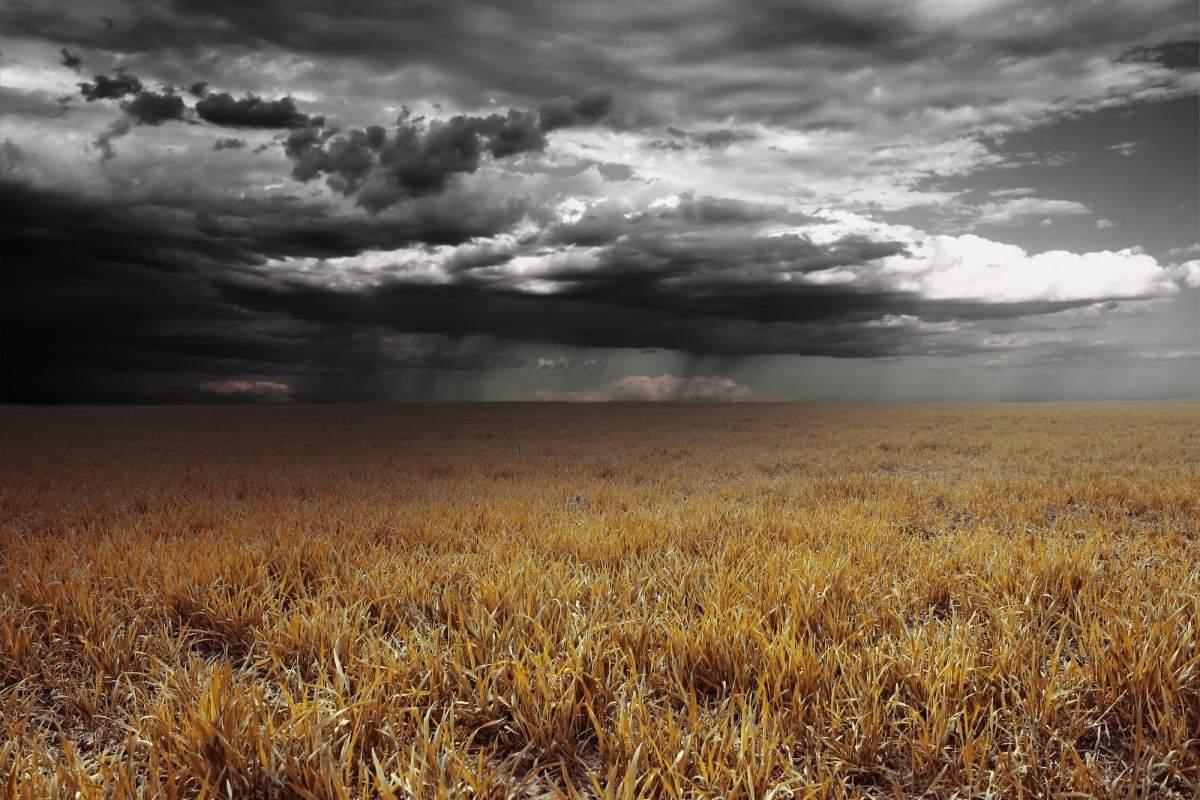New research from an international team of scientists is suggesting that instantly recognizable earthy smell after rain is released by bacteria trying to attract a particular arthropod as a way to spread its spores. The smell is a 500-million-year-old example of chemical communication, evolved to help a particular type of bacteria spread.
One major component of petrichor is an organic compound called geosmin. Scientists have known for some time that a common genus of bacteria, known as Streptomyces, produce geosmin. Virtually all species of Streptomyces release geosmin when they die, but until now it has been unclear exactly why the bacteria generates this distinctive aroma.
“The fact that they all make geosmin suggested that it confers a selective advantage on the bacteria, otherwise they wouldn’t do it,” says an author on the new research, Mark Buttner. “So, we suspected they were signaling to something and the most obvious thing would be some animal or insect that might help distribute the Streptomyces spores.”
Across a number of lab and field experiments the researchers discovered geosmin specifically attracts a type of tiny arthropod called a springtail. Studying the antennae of the springtails the researchers discovered the organisms can directly sense geosmin. The researchers suggest both organisms evolved together, the Streptomyces serving as food for the springtails, while the springtails subsequently spread bacterial spores helping seed new Streptomyces colonies.
“There is mutual benefit,” explains Buttner. “The springtails eat the Streptomyces, so the geosmin is attracting them to a valuable food source. And, the springtails distribute the spores, both stuck on their bodies and in their faeces, which are full of viable spores, so the Streptomyces get dispersed. This is analogous to birds eating the fruits of plants. They get food but they also distribute the seeds, which benefits the plants.”
This symbiotic relationship is key to the survival of Streptomyces, as the bacteria is known to produce certain antibiotic compounds that make it toxic to other organisms such as fruit flies or nematodes. Springtails, on the other hand, generate a number of novel enzymes that can detoxify the antibiotics produced by Streptomyces.
“We used to believe Streptomyces spores were distributed by wind and water but there is little room for wind or water to do anything in the small air compartments in the soil,” says Buttner. “So, these small primitive animals have become important in completing the lifecycle of the Streptomyces, one of the most important sources of antibiotics known to science.”
The new study was published in the journal Nature Microbiology.
Source: The 500-million-year-old reason behind the unique scent of rain













